10 Why Raising Quail Might Be Better Than Chickens (Plus 3 Beginner Tips)
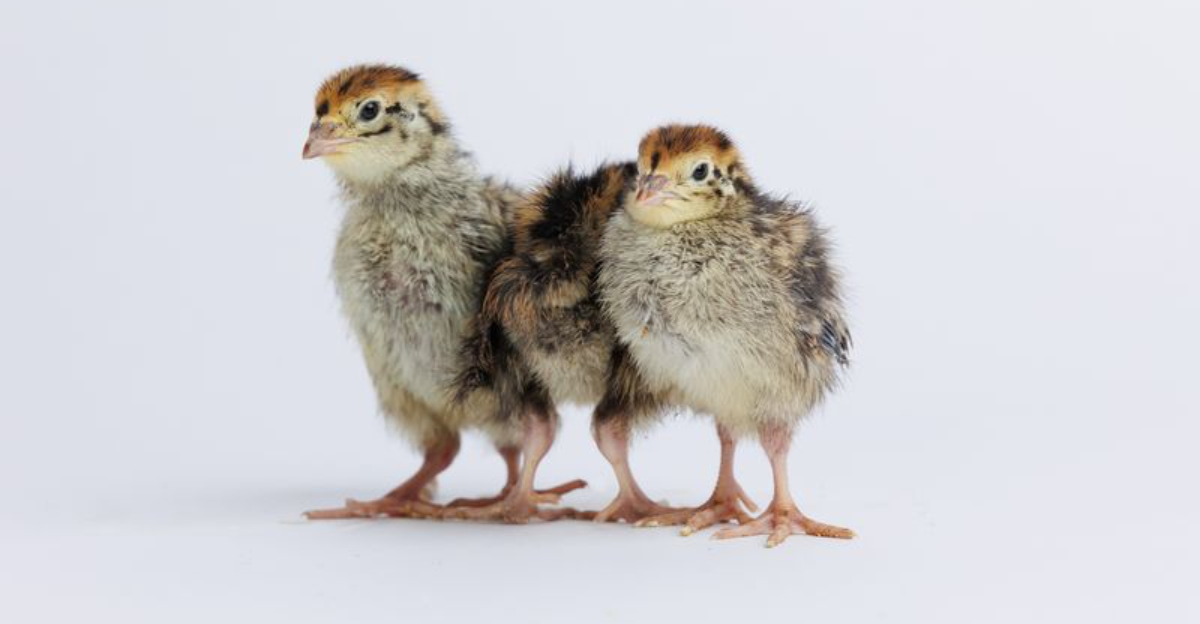
Ever dreamed of fresh eggs but lack the space for a chicken coop? Tiny but mighty, quail offer a surprising alternative that’s gaining popularity among urban homesteaders and small-scale farmers alike.
These pint-sized birds pack impressive benefits into their diminutive frames, often outperforming their more common poultry cousins in surprising ways. Let’s explore why these underrated feathered friends might deserve a spot in your backyard.
1. Space-Saving Superstars
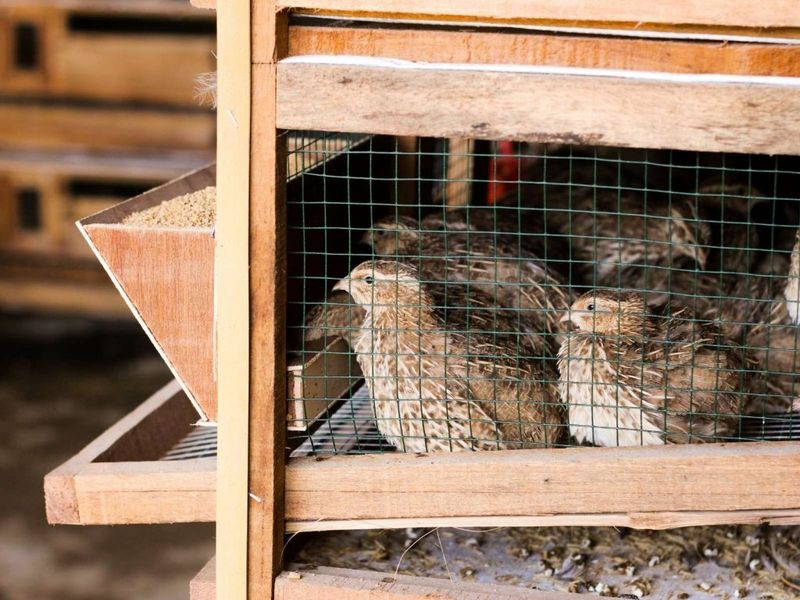
Four adult quail can thrive in the same space needed for just one chicken! Their compact size makes them perfect for urban settings, balconies, or tiny backyards where traditional chicken coops won’t fit.
You can stack quail cages vertically to maximize limited square footage, something impossible with chickens. Many apartment dwellers successfully raise these little birds without disturbing neighbors.
2. Egg Production Champions
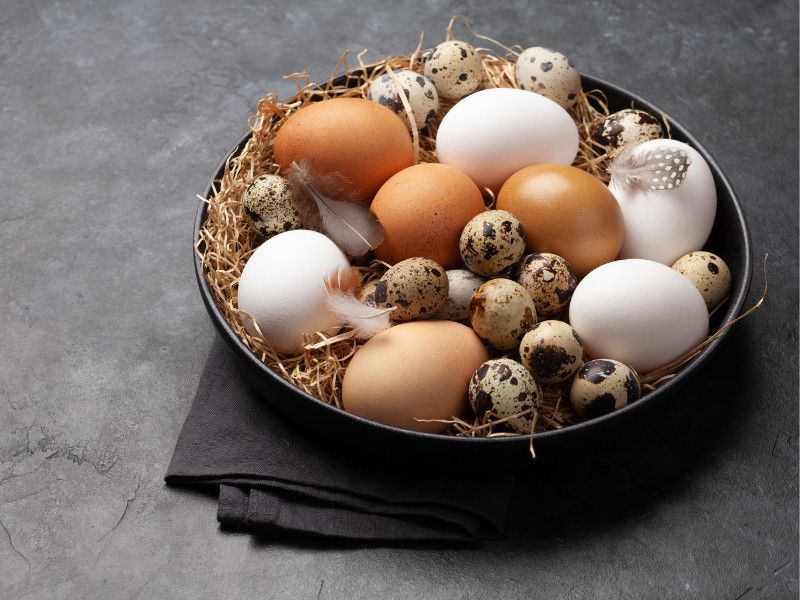
Barely bigger than your thumb, these pint-sized powerhouses lay eggs at an astonishing rate. While a chicken typically produces 250-300 eggs annually, quail can pump out 300+ eggs per year!
Even more impressive, quail start laying at just 6-8 weeks of age, while chickens make you wait 5-6 months. For impatient beginners, this quick turnaround brings almost immediate rewards.
3. Noise? What Noise?
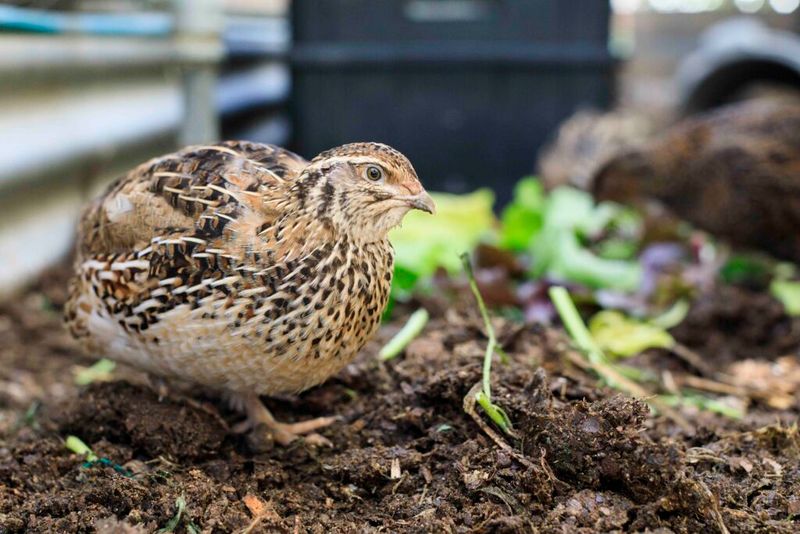
Forget those dawn wake-up calls! Male quail produce a soft crow that sounds more like a gentle chirp, barely audible beyond 25 feet. Female quail are even quieter, making only soft cooing sounds.
Your neighbors might never know you’re raising birds! This stealth factor makes quail ideal for areas with noise restrictions or close neighbors who would complain about chicken squawking.
4. Lightning-Fast Maturity

From tiny hatchling to egg-laying adult in just 6-8 weeks! This rapid development crushes the 5-6 month waiting period chickens require before producing their first egg.
For the impatient homesteader, this quick turnaround means almost immediate gratification. You can also raise several generations in a single year, allowing for selective breeding or expanding your flock rapidly.
5. Nutritional Powerhouses
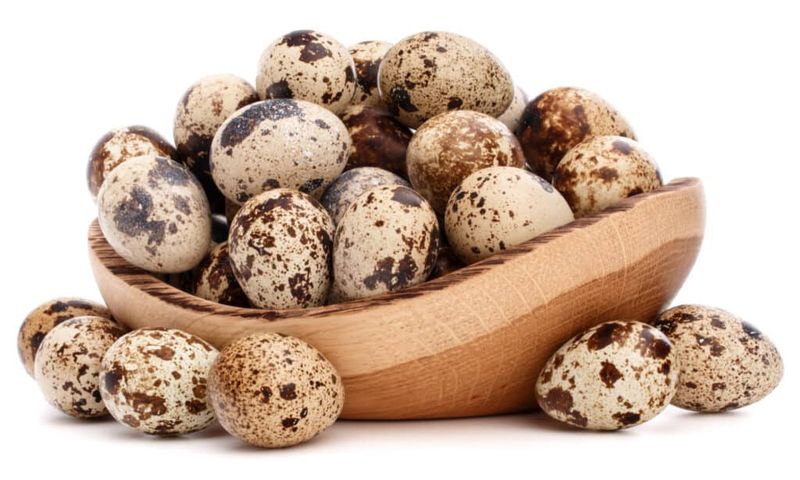
Gram for gram, quail eggs pack a bigger nutritional punch than chicken eggs. They contain 3-4 times more B12, iron, potassium, and folate, plus higher protein levels despite their tiny size.
Many people with chicken egg allergies can tolerate quail eggs without reaction. Their rich, creamy yolks make them prized ingredients in gourmet cooking, where they add distinctive flavor to dishes.
6. Less Feed, More Output
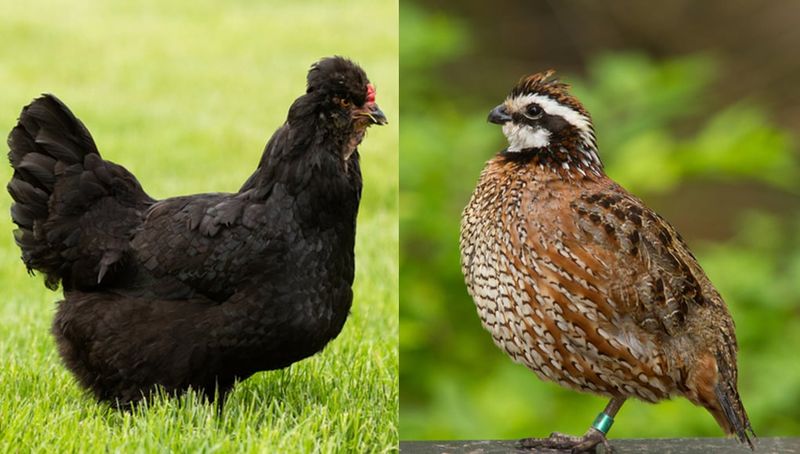
Talk about efficiency! Five quail consume roughly the same amount of feed as one chicken, but produce more eggs collectively. Their feed conversion ratio makes them economical despite their small size.
You’ll save money in the long run while getting more protein for your table. Plus, quail can thrive on simpler diets than chickens, making feed management less complicated for beginners.
7. Easier Cleanup Routine
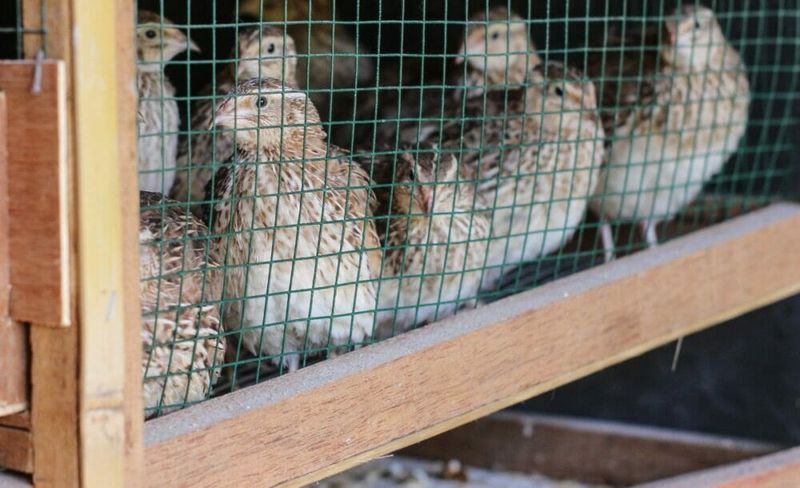
Smaller birds mean smaller messes! Quail droppings are tiny, dry, and nearly odorless compared to the wet, smelly deposits chickens leave behind. This makes cage maintenance a breeze.
Many quail keepers use tray systems where droppings fall through wire floors for easy collection. The compact waste also makes excellent garden fertilizer without the overwhelming nitrogen content of chicken manure.
8. Dual-Purpose Birds

Beyond eggs, quail offer delicious meat that’s ready in just 8 weeks, compared to 4-5 months for chicken. Their meat has a rich, wild game flavor that’s prized by gourmet chefs worldwide.
One quail provides a perfect single-serving portion. The tender meat requires no special processing equipment, making butchering simpler for beginners than the more involved process needed for chickens.
9. Lower Startup Investment
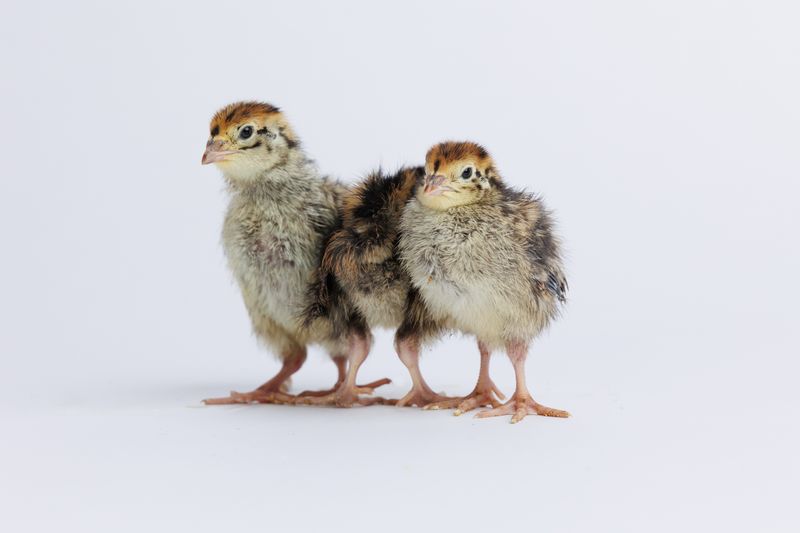
Jump into bird keeping without breaking the bank! Quail require significantly less initial investment than chickens. Their cages are smaller, simpler, and can even be DIY projects using inexpensive materials.
The birds themselves cost less too—often $1-3 per bird compared to $5-25 for specialty chicken breeds. Even incubators for quail eggs are cheaper since they’re smaller and require less power.
10. Urban-Friendly Regulations

Many cities that ban chickens have no regulations against quail! These birds often fall into different categories in municipal codes, classified as cage birds rather than poultry in some jurisdictions.
Their quiet nature and smaller housing requirements mean fewer neighbor complaints. Before getting any livestock, check local regulations, but you might be surprised to find quail are permitted even in strictly regulated urban areas.
11. Beginner Tip: Start With Coturnix

Not all quail are created equal! Coturnix (Japanese quail) stand out as the perfect starter breed. They mature fastest, lay most consistently, and adapt well to captivity compared to other varieties.
These hardy birds forgive beginner mistakes that might kill fussier breeds. Their calm temperament makes handling easier, and they rarely develop the aggressive behaviors sometimes seen in other quail species.
12. Beginner Tip: Temperature Control Matters
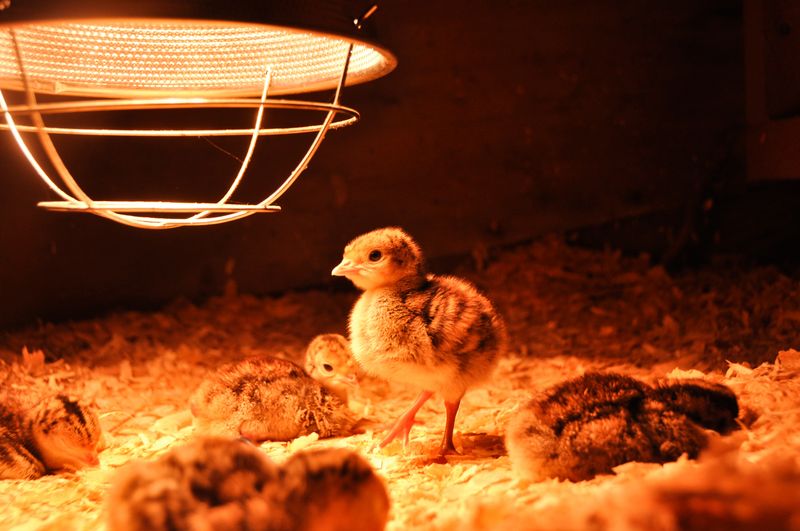
Small bodies lose heat quickly! Quail need consistent temperatures between 70-85°F for optimal health and egg production. Too cold, and egg-laying stops; too hot, and heat stress becomes deadly.
Simple heat lamps during winter and shade cloth in summer usually suffice. Unlike chickens that can withstand wider temperature swings, quail require more attention to their thermal comfort, especially during extreme weather.
13. Beginner Tip: Predator-Proof Everything
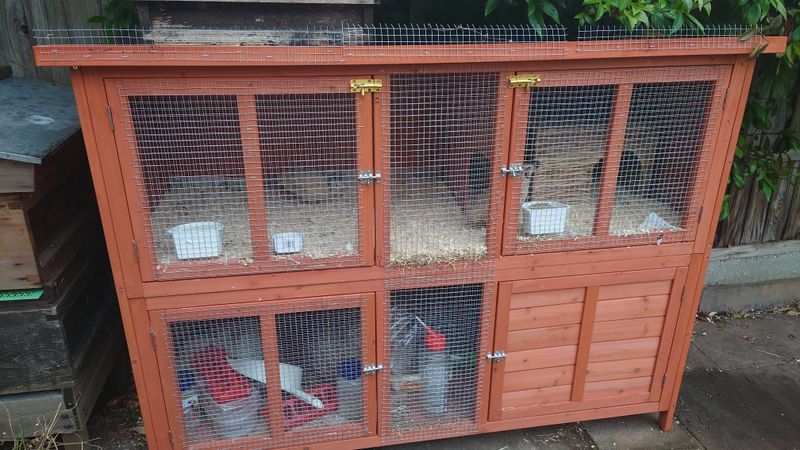
Those tiny bodies look like snacks to everything! Secure housing with 1/4-inch hardware cloth (not chicken wire) prevents predators from reaching through. Even small rats can kill adult quail, while raccoons and cats view quail cages as vending machines.
Unlike chickens that can sometimes fend off smaller predators, quail have virtually no defense mechanisms. Double-check every inch of their enclosure for gaps or weak spots.






